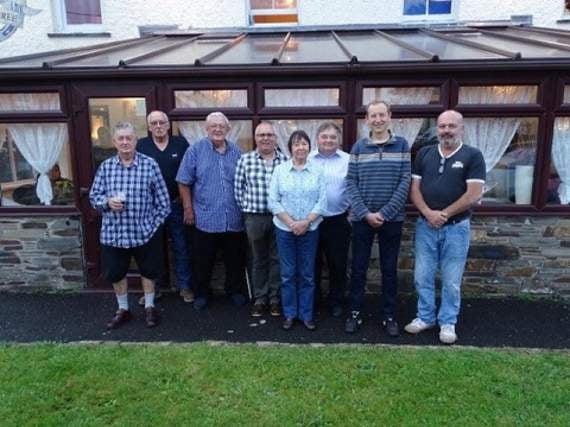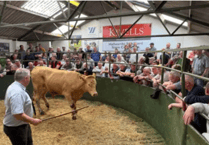MEMBERS of a civil defence group which assisted the military through the 20th century were reunited three decades after their last assignment.
The Royal Observer Corps (ROC) can trace its roots to the?First World War, when a warning system was established to bolster UK defences, against bombing raids by German airships. A network of around 200 observation posts was set up, initially manned by?British Army?personnel, later to be replaced by?Special Police Constables.
The Observer Corps as it became known was tasked again in WW2, this time to assist the Royal Air Force by plotting and identifying enemy aircraft. They were awarded the title ‘Royal’ in recognition of their role during the Battle of Britain.
The ROC continued into the 1950s in its primary role of aircraft recognition and reporting. In 1955 the organisation was allocated the additional task of detecting and reporting?nuclear explosions?and associated?fall-out. By 1965, thanks to advances in radar technology, most roles and responsibilities relating to aircraft had been withdrawn and the ROC assumed the role of field force for the?United Kingdom Warning and Monitoring Organisation?(UKWMO).
Members of each local group went underground in bunkers, equipped with the instruments they needed to carry out the job.
These bunkers were spread the length of the UK, including Scotland and Northern Ireland, approximately 10 miles apart, and all manned by volunteers.
Bere Alston was the location for 52 Post, an ROC unit which came under 10 Group Exeter.
Shirley Abell, who lives in Callington, joined the Bere Alston Post in the late 1970s. Her husband John had been in the Callington Post since 1965: when John transferred to Bere Alston in 1978, Shirley joined him, and their eldest son Peter joined in 1981 on his 16th birthday.
“We met every Thursday at the Post which was underground and situated on the outskirts of Bere Alston,” said Shirley.
“We were trained to warn the public of air attack, and nuclear fallout, and to sound the all clear. Our job was to monitor for nuclear bombs and radiation, with specially designed equipment, if there was ever a war again.”
By the late 1980s, the Royal Observer Corps had some 10,500 civilian volunteers. The vast majority of these were stood down on September 30, 1991: a few nuclear reporting cells attached to military establishments carried on until 1995, and the ROC was formally disbanded in 1996.
Fellow members of the Bere Alston Post pictured in the photographs sent in here by Shirley joined up between 1979 and 1982.
The older photo shows the group celebrating after winning the Parsonage Bowl - a practical competition run between all 42 posts in 10 Group Exeter, which covered Devon and Cornwall.
The more recent photo was taken at a reunion of the Bere Alston members, 30 years after their ROC unit was stood down in 1991.
Shirley says that there is a thriving Royal Observer Corps Association for 10 Group Exeter. As the Association’s secretary, she’d been keen to hear from any former members who would like to join, and says they would be made very welcome.
Contact [email protected]





Comments
This article has no comments yet. Be the first to leave a comment.